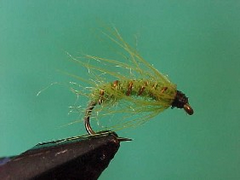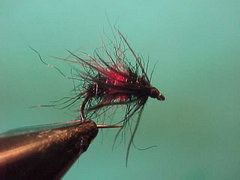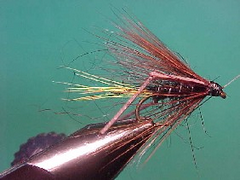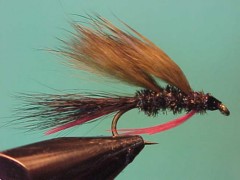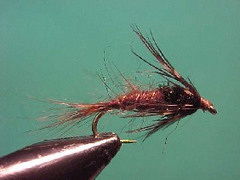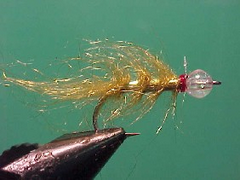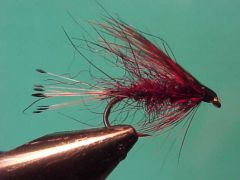Fuzzy spiders – Chatto’s original
There is almost no limit to the combinations that you can come up with and these are the ones that I regularly fish and you may like to try. I don’t know if fish pick them up as emerging insects but they do fish well when fish have emergers on the menu.

